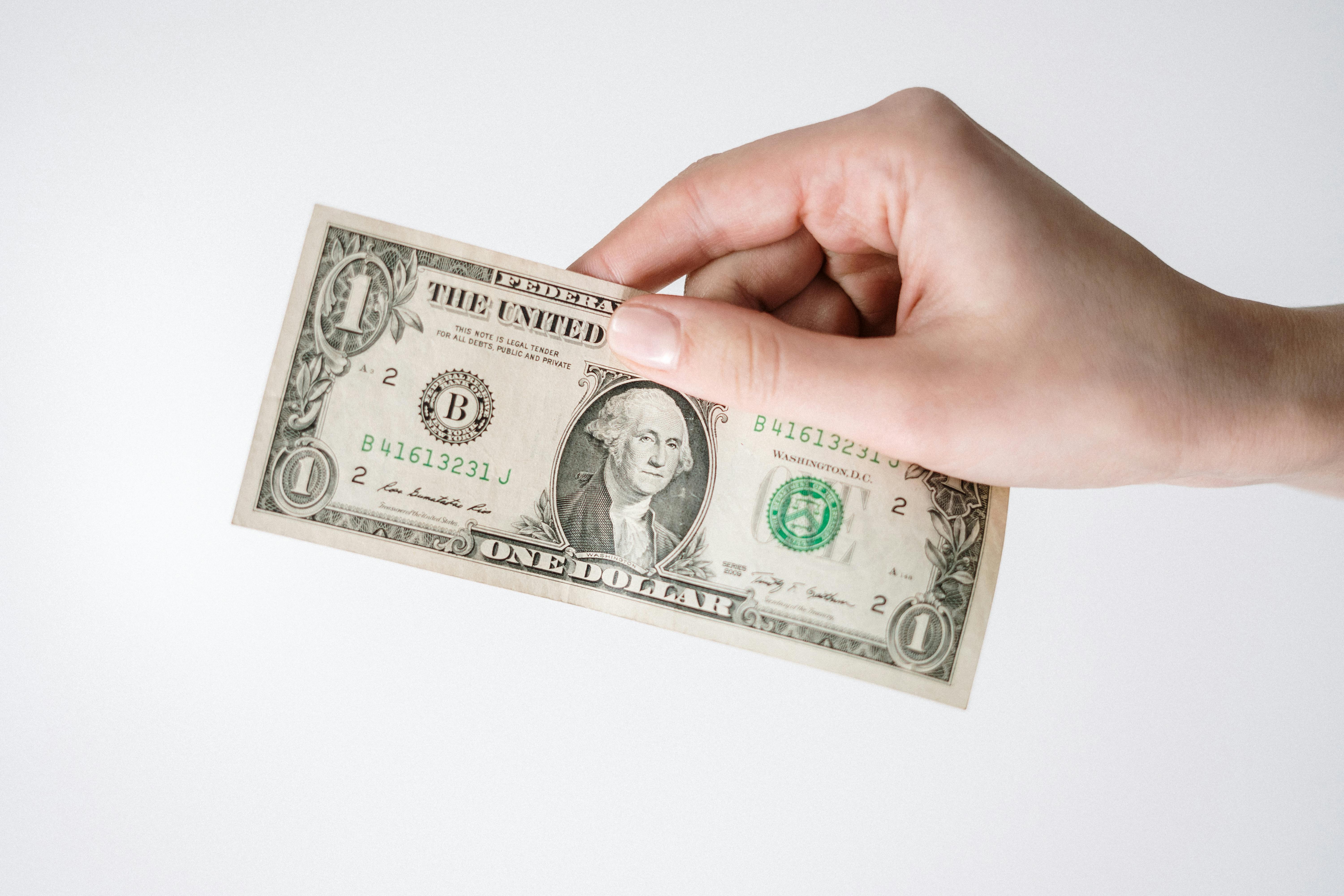Buying your first home is an exciting milestone, marking the beginning of a new chapter in your life. However, it can also feel overwhelming, especially when it comes to understanding financial requirements. One of the first major hurdles you’ll encounter is the down payment.
A down payment is a significant upfront cost that can influence your mortgage terms, monthly payments, and even your ability to qualify for certain loans. Understanding how much you need to save, the types of loans available, and the assistance programs designed to help first-time homebuyers can make the process smoother and more manageable. Let’s break it all down so you can confidently take the first step toward homeownership.
Understanding Down Payments
What Is a Down Payment?
A down payment is the portion of the home’s purchase price that you pay upfront, typically as a percentage of the total cost. The remaining balance is covered by your mortgage lender.
Why Is a Down Payment Required?
Lenders require a down payment as a way to reduce their financial risk. The larger your initial investment, the lower the risk for the lender, which can lead to better loan terms.
How Does Your Down Payment Affect Your Mortgage?
- Lower Interest Rates: A higher down payment often results in lower interest rates.
- Lower Monthly Payments: The more you pay upfront, the smaller your loan balance and monthly payments will be.
- Avoiding Private Mortgage Insurance (PMI): If you put down at least 20% on a conventional loan, you can avoid PMI, which adds to your monthly mortgage cost.
Typical Down Payment Requirements by Loan Type
- Conventional Loan: Typically requires 5% to 20%, but some lenders offer options as low as 3%.
- FHA Loan: Requires a minimum of 3.5% down for borrowers with a credit score of at least 580.
- VA Loan: No down payment required for eligible military service members and veterans.
- USDA Loan: No down payment required for qualifying rural and suburban homebuyers.
How Much Do You Really Need?
Factors That Influence Your Down Payment
- Loan Type: As mentioned above, your loan choice determines the minimum required down payment.
- Home Price: The more expensive the home, the more you’ll need to save.
- Credit Score: Higher credit scores may qualify you for lower down payment options.
- Lender Requirements: Some lenders have stricter guidelines than the loan program minimums.
Pros and Cons of a Larger vs. Smaller Down Payment
Larger Down Payment
Pros:
- Lower monthly mortgage payments
- Less interest paid over the life of the loan
- Avoids PMI if at least 20% is put down
- Better loan terms and lower interest rates
Cons:
- More time needed to save
- Less liquidity for emergencies or home improvements
- Possible delay in homeownership while saving
Smaller Down Payment
Pros:
- Allows for quicker homeownership
- More cash available for repairs, furnishing, and emergencies
- Possible access to down payment assistance programs
Cons:
- Higher monthly payments
- More interest paid over time
- PMI required if under 20% (for conventional loans)
How to Calculate Your Ideal Down Payment
A good rule of thumb is to aim for at least 10% but ideally 20% to avoid PMI. To determine the right amount for your situation:
- Evaluate your monthly budget.
- Consider your other financial goals (retirement, emergency savings, etc.).
- Use online mortgage calculators to see how different down payments affect your monthly payments.
Down Payment Assistance Programs
Many first-time buyers struggle with saving for a down payment, but various programs can help.
Types of Assistance Programs
- Federal Programs: FHA loans, VA loans, and USDA loans often have low or no down payment options.
- State & Local Grants: Many states and cities offer grants or low-interest loans to assist first-time homebuyers.
- Employer Assistance: Some companies provide home-buying assistance as an employee benefit.
Who Qualifies?
- First-time homebuyers
- Buyers within a certain income range
- Those purchasing in designated areas (for USDA or local programs)
- Borrowers meeting credit score and debt-to-income requirements
How to Apply for Assistance
- Research programs through HUD or state housing agencies.
- Contact a lender familiar with these programs.
- Gather necessary documents (income verification, credit report, etc.).
- Submit your application and meet any required education courses.
Budgeting for Your Down Payment
Tips for Saving
- Set a savings goal: Determine how much you need and set a timeline.
- Create a dedicated savings account: Keep your down payment funds separate to track progress.
- Automate savings: Set up automatic transfers to your down payment account.
- Reduce unnecessary expenses: Cut back on dining out, subscriptions, and impulse purchases.
- Increase income: Consider side gigs, freelance work, or asking for a raise.
Financial Tools to Help
- Budgeting apps like Mint or YNAB
- High-yield savings accounts
- Investment accounts (for long-term savings, though with risk)
Other Costs to Consider
Aside from the down payment, other upfront costs can impact your budget:
- Closing Costs: Typically 2-5% of the home price, covering lender fees, title insurance, and more.
- Home Inspections & Appraisals: Essential for assessing the home’s condition and value.
- Moving Expenses: Hiring movers or renting a truck adds to initial costs.
- Immediate Repairs & Furnishing: Some homes require urgent fixes or new furniture.
Conclusion
Understanding down payments is crucial for first-time homebuyers. From knowing loan requirements and available assistance programs to setting a savings strategy, preparation is key. While saving for a down payment can feel daunting, resources and planning can make homeownership achievable. Start by assessing your finances, researching loan options, and exploring assistance programs that can ease the financial burden. With the right approach, you’ll be ready to take this exciting step toward owning your first home!




